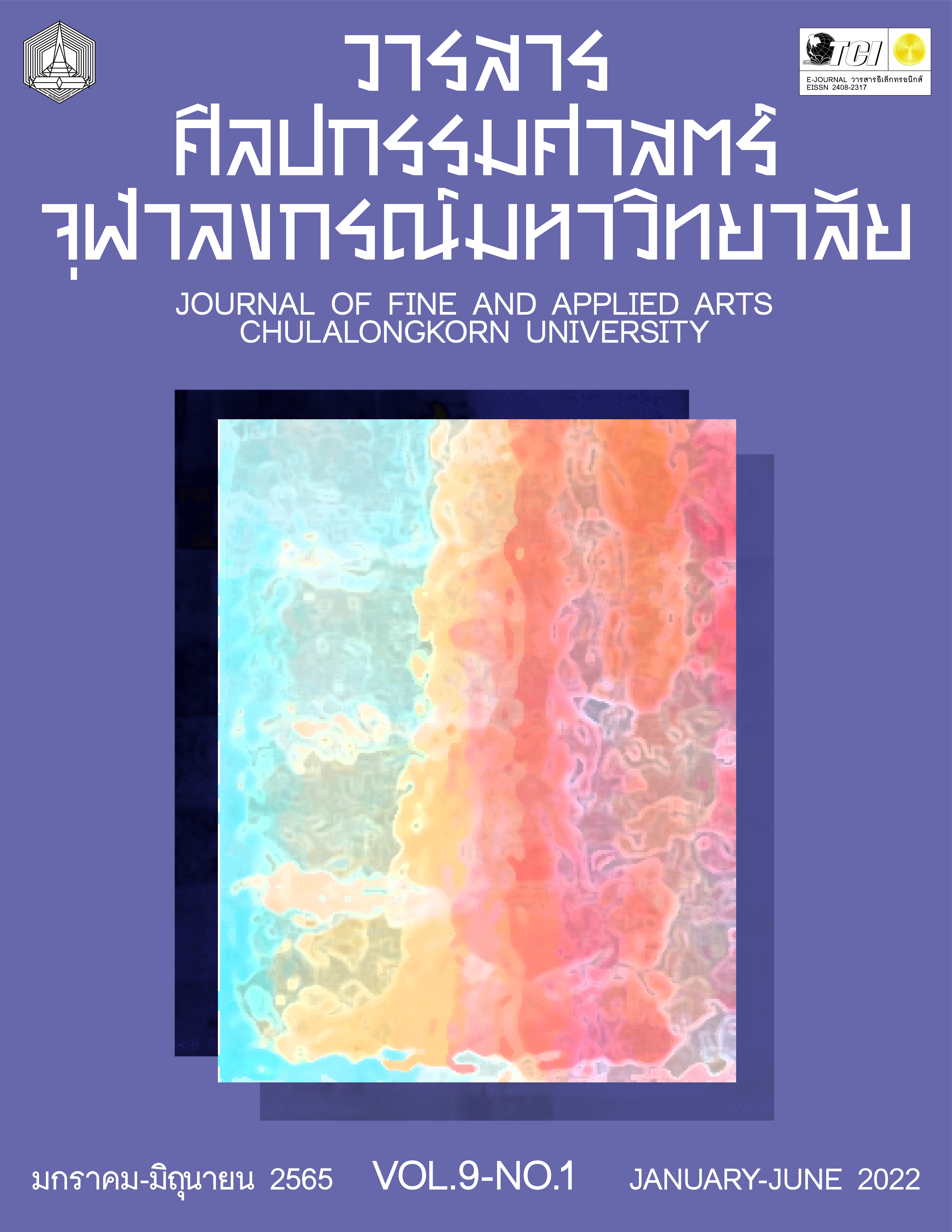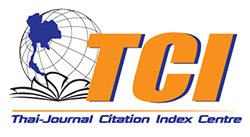PRINTMAKING : EMOTIONAL DIARY
Keywords:
Diary, Printmaking art, Appropriation ArtAbstract
The aim of the research is to be able to gain insight into the creation of art in terms of emotional and sensational factors. This leads to the creative processes and brings the apparent results. “Printmaking” is the main technique of the researcher who gathered the results by daily working and getting involved with other artists for the primary data. The main findings are:
1. Emotional involvement is one of the main factors of art creation.
2. Temperamental changes influence on pieces of art.
3. Emotional self-management is essential for create the best of works.
By this research, secondary data were collected through various articles on the relevant subject area; the theories of emotional subject, psychology, fine art’s works related to the emotional factors in creating works. The results of hypothesis testing revealed that the emotional and sensational factors have affected to art creation.
Result:
1. Model of ‘Process Art’ is proved to have a more impact on art creation. This model would be most effective for studying and collecting data on daily work and would also be able to provide the appropriate data set for analyzing various factors in terms of the relationship between emotions on daily basis.
2. Appropriation Art is emphasized on the same from of ‘Abstract Expressionism’ as a good way of presenting works. This method aims to focus on the expression of emotions and feeling through the creation of art. The researcher takes this concept to conclude the results of study by taking notes of emotional content, story and experience on each day. After that, the received data sets of works would be studied, observed and analyzed one by one in order to find each style, difference and emotional expression affecting to the creation of art.
References
กำจร สุนพงษ์ศรี. ศิลปะสมัยใหม่. กรุงเทพฯ : สำนักพิมพ์แห่งจุฬาลงกรณ์มหาวิทยาลัย, 2554.
รสลิน กาสต์. แอ็พโพรพริเอชั่นอาร์ต ศิลปะแห่งการหยิบยืม ศิลปะสมัยใหม่. กรุงเทพฯ : สำนักพิมพ์แห่งจุฬาลงกรณ์มหาวิทยาลัย, 2558.
Art Institute Chicago. “Barnett Newman.” https://www.artic.edu/artworks/73417/the-beginning.
Artsper Magazine. “10 things to know about Jackson Pollock.” https://blog.artsper.com/en/a-closer-look/10-things-know-jackson-pollock.
Frankenthaler, Helen. “Helen Frankenthaler.” https://www.artsy.net/artwork/helen-frankenthaler-seven-types-of-ambiguity.
Gallery Delaive Modern and Contemporary Art. “Sam Francis.” https://www.delaive.com/index-sam-francis.php?page=exhibitions.
Kawara, On. “Oct. 31, 1978 Today Series, "Tuesday”.” https://alchetron.com/On-Kawara.
Novabizz. “ธรรมชาติของอารมณ์.” ข้อมูลความรู้ทั่วไป. https://www.novabizz.com/NovaAce/Emotional/Emotion.htm.
Widewalls. “Helen Frankenthaler-After Abstract Expressionism at Gagosian.” https://www.widewalls.ch/magazine/helen-frankenthaler-art-gagosian-gallery.
Downloads
Published
Issue
Section
License
ลิขสิทธิ์ของบทความเป็นของเจ้าของบทความ บทความที่ได้รับการตีพิมพ์ถือเป็นทัศนะของผู้เขียน
กองบรรณาธิการไม่จำเป็นต้องเห็นด้วยและไม่รับผิดชอบต่อบทความนั้น






